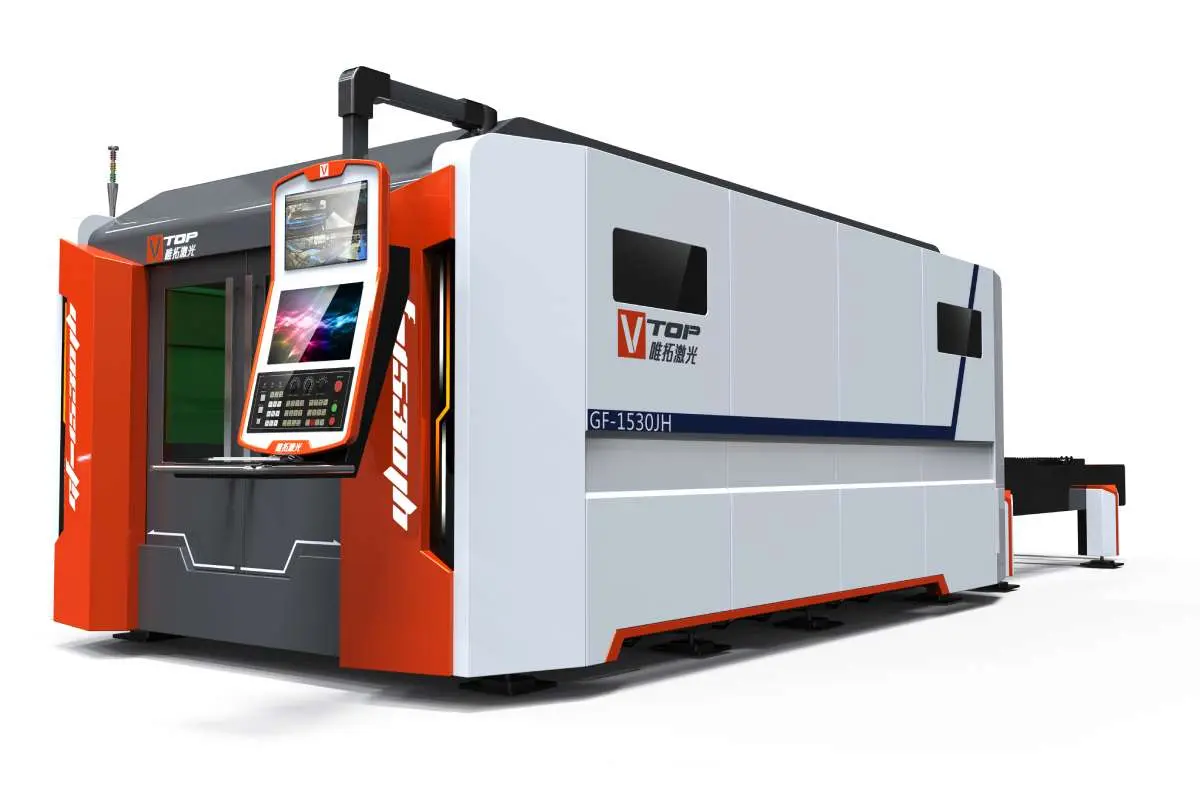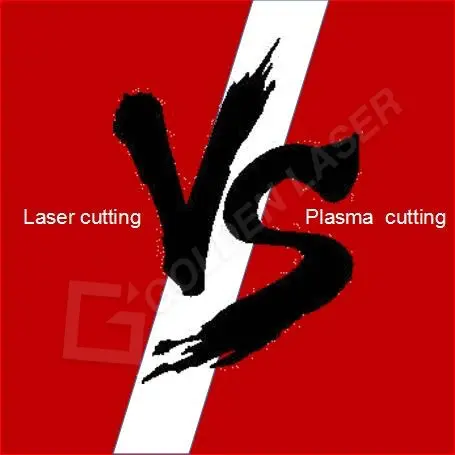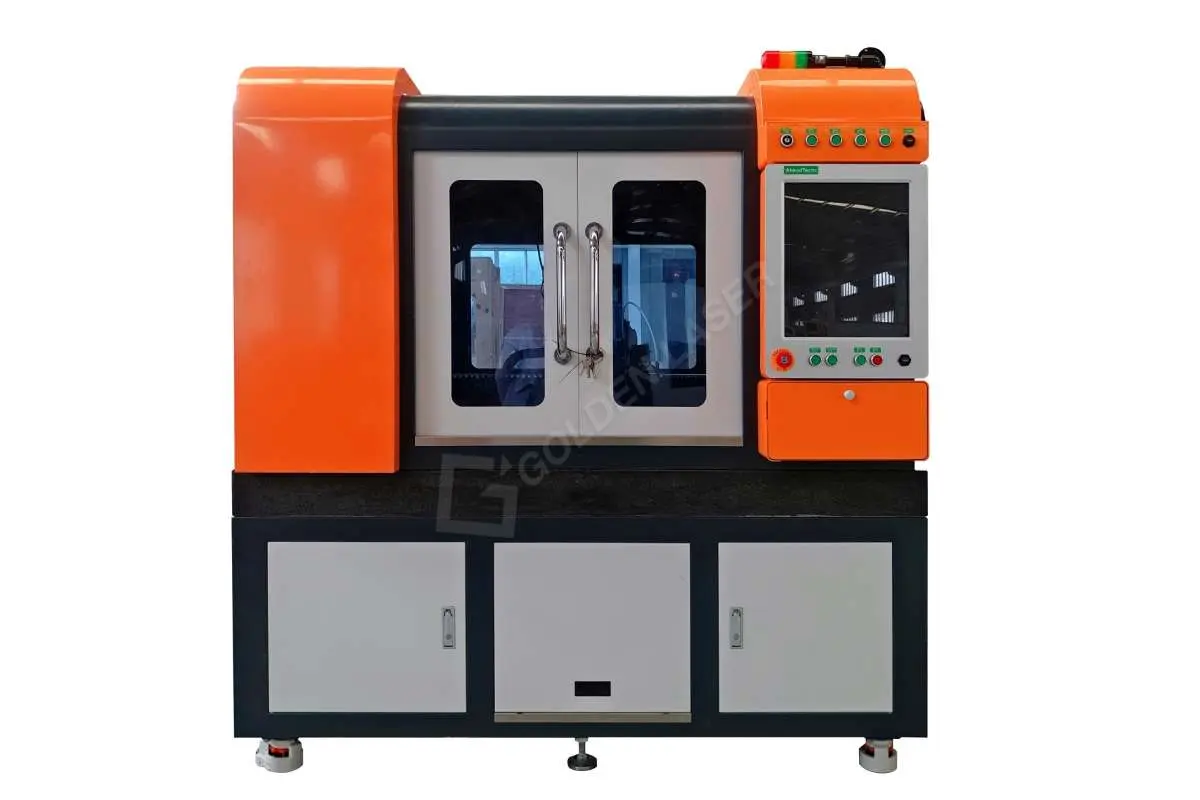In recent years, manufacturers across various industries have increasingly adopted cutting-edge technologies to enhance their production processes. Among these, the laser cutter for automotive parts stands out as a groundbreaking tool that significantly improves both efficiency and precision in the manufacturing of automotive components. This technology not only streamlines production but also transforms the design and engineering processes, allowing for greater innovation and flexibility in automotive design.
Laser cutting technology has evolved remarkably since its inception, and its application in the automotive industry is a testament to its versatility and effectiveness. At its core, a laser cutter uses focused light to cut through a variety of materials with exceptional accuracy. This method is ideal for fabricating automotive parts, as it allows for intricate designs and complex geometries that traditional cutting methods may struggle to achieve.
One of the primary advantages of using a laser cutter for automotive parts is the precision it offers. The automotive industry demands the highest standards of quality and performance, and even a minor flaw in a component can lead to significant safety issues and costly recalls. Laser cutters deliver consistent edge quality and minimal kerf, ensuring that every part meets the strict specifications required for modern vehicles. Moreover, the heat-affected zone is minimal, reducing the need for secondary processes such as finishing and deburring.
Efficiency is another critical factor where laser cutters excel. Traditional manufacturing methods often require multiple steps and machines to produce a single part, leading to longer production times and higher labor costs. In contrast, laser cutting can perform intricate cuts in a single pass, drastically reducing the time required to manufacture components. This increased speed translates to faster lead times, allowing automotive manufacturers to respond rapidly to market demands and consumer preferences.

Revolutionizing Auto Manufacturing: The Impact of Laser Cutter Technology for Automotive Parts Production and Design Efficiency
The adaptability of laser cutting technology is particularly beneficial in today’s increasingly dynamic automotive landscape. With the rise of electric vehicles (EVs) and hybrid models, manufacturers often need to produce custom parts that had not previously been in demand. Laser cutters can be quickly programmed to handle new designs, making it easy to pivot and produce parts for different vehicle types without extensive retooling. This flexibility ensures that manufacturers can stay competitive in an ever-evolving market.

Revolutionizing Auto Manufacturing: The Impact of Laser Cutter Technology for Automotive Parts Production and Design Efficiency
Moreover, laser cutters generate less waste compared to traditional cutting methods. In the automotive industry, this is particularly advantageous given the rising costs of materials and the emphasis on sustainability. The precise cutting capabilities of lasers ensure that raw materials are utilized efficiently, minimizing scrap and operational costs. As the industry increasingly embraces green manufacturing practices, the ability to reduce waste without compromising quality becomes a vital consideration.
In addition to enhancing manufacturing efficiency, laser cutters also facilitate innovation in automotive design. Engineers and designers can explore more intricate designs and lightweight structures made possible by laser processing. This can lead to the development of lighter, more fuel-efficient vehicles without sacrificing strength or safety. With the ability to materialize complex geometries, designers are no longer limited to conventional shapes, paving the way for advancements that could redefine vehicle aesthetics and functionality.
The integration of 3D modeling and laser cutting technology allows for rapid prototyping, further promoting innovation. Designers can create digital models that can be instantly converted into physical prototypes. This capability enables faster testing and validation of new components, which speeds up the entire product development cycle from concept to production.

Revolutionizing Auto Manufacturing: The Impact of Laser Cutter Technology for Automotive Parts Production and Design Efficiency
However, while the advantages of using laser cutters for automotive parts are clear, it is also essential for manufacturers to remain mindful of the associated costs of adopting this technology, including the initial investment in equipment and the need for skilled operators. Training is vital to ensure that personnel is proficient in operating laser systems and interpreting designs accurately.
In conclusion, the laser cutter for automotive parts is revolutionizing the landscape of auto manufacturing, enabling precision, efficiency, and creativity like never before. As the automotive industry navigates the challenges of evolving consumer preferences and technological advancements, laser cutting technology stands poised to play a pivotal role in shaping the future of automotive production. By embracing this innovative approach, manufacturers can enhance their operational capabilities, create superior products, and ultimately drive progress in the automotive sector. Laser Cutting Machine For Automotive Parts
